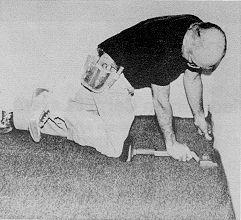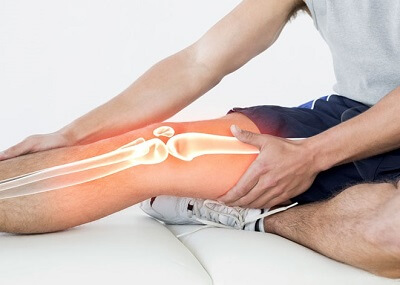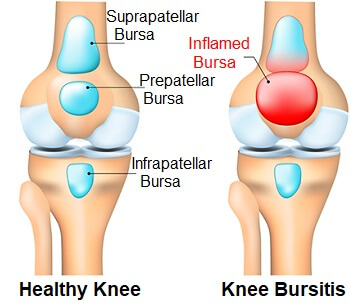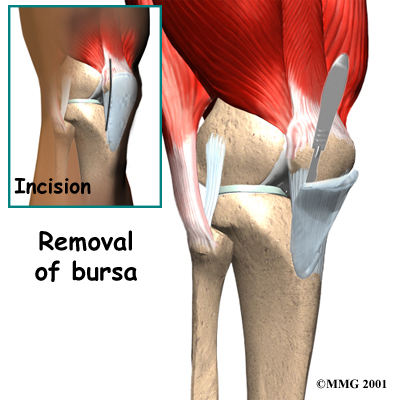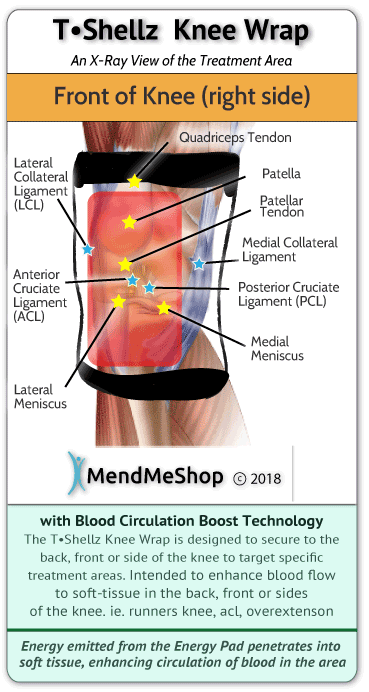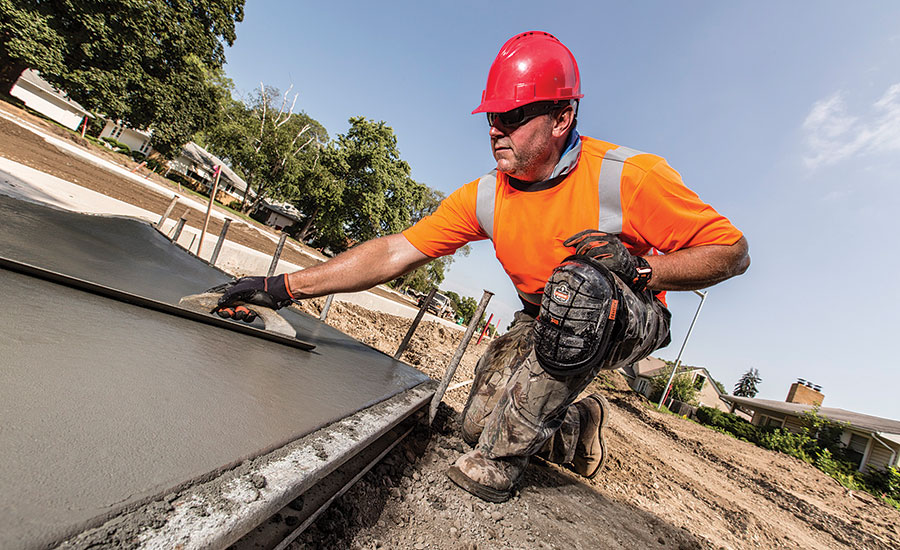Carpet Layers Knee Problems

Carpet layers spend approximately 75 percent of their workday kneeling according to niosh estimates putting a significant amount of pressure on their knees.
Carpet layers knee problems. Jensen lk rytter s marott jl and bonde jp. It is marked by swelling at the knee which can be tender to the touch and which generally does not restrict the knee s range of motion it can be extremely painful and disabling as long as the underlying condition persists. Morbidity from repetitive knee trauma in carpet and floor layers. This condition can develop either due to pressure or a direct injury to the knee.
Identification of these two risk factors provides opportunities for prevention. Knee problems among carpet layers are described. A cross sectional study of a historical cohort. Compared with workers who rarely kneel niosh found that carpet layers have high frequencies of bursitis of the knee fluid buildup requiring knee aspirations skin infections of the knee and a variety of other knee disorders.
It is suggested that these entities resemble housemaid s knee. The carpet layer usually owns his own knee kicker which costs about 100. Prepatellar bursitis is an inflammation of the prepatellar bursa at the front of the knee. It is also called as carpet layer s knee or housemaid s knee.
The knee is tender to touch although the pain and swelling do not hamper motion of knee. Both kneeling and use of the knee kicker contribute significantly to the high frequency of carpet layers knee disorders. Trauma to the knee can be acute or chronic. Relationship between years in the trade and the development of radiographic knee osteoarthritis and mri detected meniscal tears and bursitis in floor layers.









